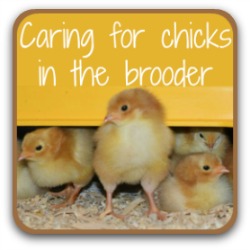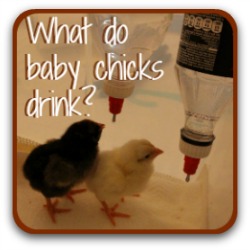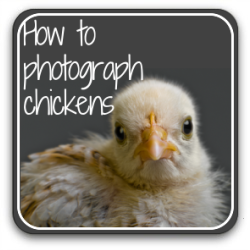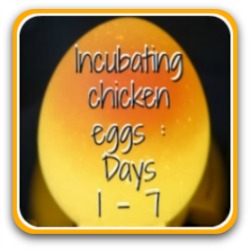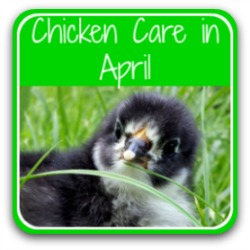- Home
- Incubating: short course
- Sources
Sources of my chicken egg incubation, hatching and brooding articles.
Not sure whether you can rely on the information you find on the internet about incubating, hatching and brooding baby chicks?
It's not surprising. There's a lot of very poor, inaccurate and often highly misleading information on the internet regarding chicken egg incubation, hatching and brooding.
In order to provide accurate, verifiable and properly researched information to visitors to my website I have collated a large number of papers, projects, articles and books by people with extensive, scientifically based knowledge to inform and add to my own experience and knowledge.
This is a list of those sources, together with links to their websites where possible.
If you'd like to see my own pages about chicken egg incubation and hatching, start by clicking here.
Books.
I have one book to which I refer all the time when incubating, hatching and brooding new chicks. It's my go-to reference for everything to do with hatching chicks.
It's Gail Damerow's 'Hatching and Brooding Your Own Chicks'.
There's so much to say about it that I've written a full review of this book.

University egg incubation projects.
These are well written, easily understood websites with detailed information for schools and teachers as well as the back yard chicken keeper.
Sometimes educational establishments in particular change the URL address of their documents, or their link is not secure which means I can't add it here.
If there is a link, it will show in blue. If not, copy and paste the document title into your browser.
University of Connecticut, Department of Agriculture and Natural Resources.
4-H Poultry Study Series: 'Helpful Hints for Teachers on Incubation and Embryology of the Chick'.
An 'at a glance' guide to getting started, incubator set-up, the stages of incubation, the development of the embryo and a list of places to purchase hatching eggs.
University of Illinois, 'Urbana' Campaign.
Chickscope Project: 'Eggs and Science', 1998.
A well put together site with good, solid information about stages of development which includes MRI scans of incubated chicken eggs. Unfortunately the link is not secure so I can't directly link to it.
University of Nebraska - UNL Extension.
'4-H Embryology - A School Enrichment Project'.
An excellent site with information and resources about incubation, hatching and brooding written for schools and teachers. Includes text, images and videos as well as information about the embryology curriculum in schools.

Resources for troubleshooting incubation and hatching of chicken eggs.
These are articles and tables which provide good reference guides specifically for problem hatches.
Ernst, R. A.; Bradley, F.A.; Delany, M.E.; Abbott, U.K.
and Craig, R.M. 'Common Incubation Problems : Causes and Remedies'.
University of California, Animal Science Department, July 1999.
An excellent, easily read table of problems at different stages of incubation, likely causes and how to ensure future success. Although this is a relatively old study it is 'evergreen' information and so remains extremely accurate.
Ernst, R. A. ; Bradley, F.A.; Abbott, U.K. and Craig, R.M. : 'Egg Candling and Break Out Analysis for Hatchery
Quality Assurance and Analysis of Poor Hatches'.
University of California, Animal Science Department.
University of Illinois, Department of Incubation and Embryology.
'Incubation Troubleshooting'.
A detailed and informative discussion of embryo deaths and probable causes.
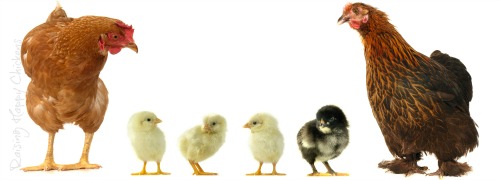
General articles about incubation and hatching.
There are a great many scientifically based, peer-reviewed articles on the subject of incubating and hatching chicken eggs. These are just a few of those I've read. If you want even more information, simply follow the links given in each article, according to the topic of your interest.
Ayoola A.A., EgbeyaleL.T., Olakunle K.S., Ekunseitan D.A., Sogunle O.M.: 'Effect of different pre-incubation storage periods of hatching broiler chicken eggs on embryonic development'.
Information about the weight loss and comparative fertility in eggs collected over four different days. Demonstrating the need for eggs to be incubated within one day of lay for the hatch to have the best chance of success.
Hamburger, V and Hamilton, H L : 'A series of normal stages in the development of the chick embryo'.
Department of Zoology, Washington University, St. Louis, Missouri; published in the Journal of Morphology, 1951.
This is the original definitive work about exactly how, from hour to hour, the chicken embryo develops. Old but still accurate.
Kellicott, W. E. : Outlines of Chordate Development (Book) , Pub.1913.
Originally in print as a book, the chapter referring to incubation has been reproduced here as an article.
Very old, but nontheless extremely thorough in its description of the development of the chicken embryo from pre-laying to hatch. Chapter 4 covers the process.
A fascinating read.
Lee, B. R. et al : 'A set of stage-specific gene transcripts identified in EK stage X and HH stage 3 chick embryos'.
Pub. BMC Developmental Biology, 2007.
Takes the Hamburger and Hamilton study and develops / explains it. Quite an academic article, and not terribly easy to follow.
Leeson, C.R and T. S. Leeson : 'The chorio-allantois of the chick. Light and electron microscopic observations at various times of incubation'.
Pub. Journal of Anatomy, October 1963.
An article outlining the appearance and purpose of the allantois during chick embryo incubation.
Pescatore, A and Jacob, J : 'Development of the chick'.
University of Kentucky, college of Agriculture. Pub in Animal and Food Science, 2012.
A brief and clearly described article outlining the embryo's development day by day during incubation. Includes photographs of the egg yolk during development which some children may find upsetting.
Réhault-Godbert, S; Mann, K; Bourin, M; Brionne, A and Nys, Y : 'Effect of Embryonic Development on the Chicken Egg Yolk Plasma Proteome after 12 Days of Incubation'.
Journal of Agricutlural and Food Chemistry, March 2014.
The poultry site.
Article with photographs of poultry development at different stages of incubation. Includes turkey as well as chicken information. Particularly helpful for the identification of early deaths.
Warin, Dr S : 'Embryonic Development, Day by Day'. Pub. The Poultry Site, July 2009.
Excellent article with highly detailed photographs of chick embryo development day by day, including annotations of developing organs.
Important: these were only possible by developing eggs being opened and therefore, inevitably, the developing embryo being killed. They are therefore not for the faint hearted, or for children who are easily upset.
If you're looking for more information about incubating and hatching chicken eggs, these pages will help.
- Home
- Incubating: short course
- Sources



